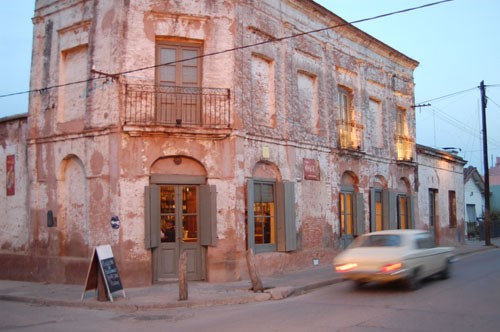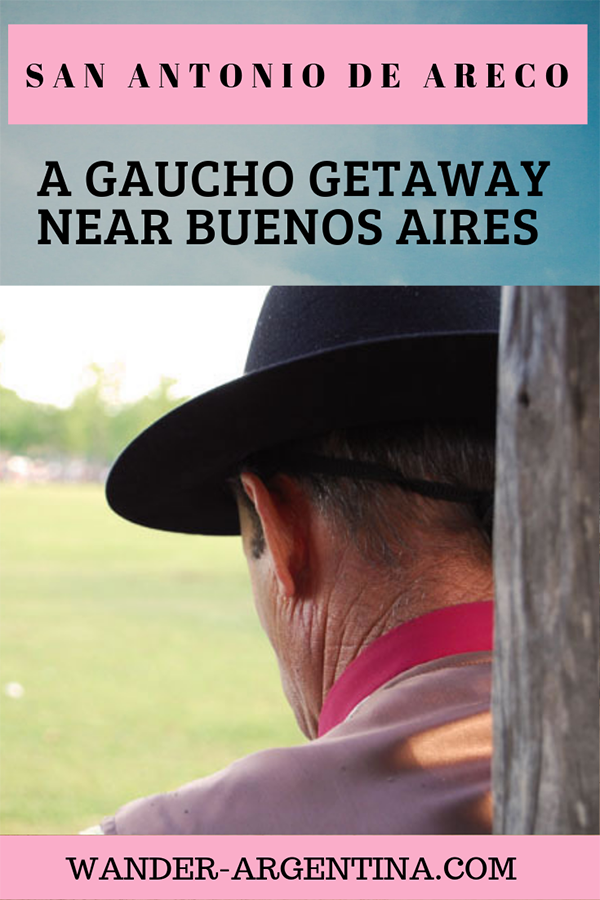San Antonio de Areco, only an hour-and-a-half from Buenos Aires, is an idyllic pampa town to experience the charm of Argentine gaucho life.

An easy drive from the capital, the picturesque pueblo welcomes day tripping porteños and international jet setters in search of their inner cowboys.
The town dates to 1730. To this day it preserves a great deal of the creole and gaucho (cowboy) traditions, especially among its artisans, who produce very fine silverwork and saddles.
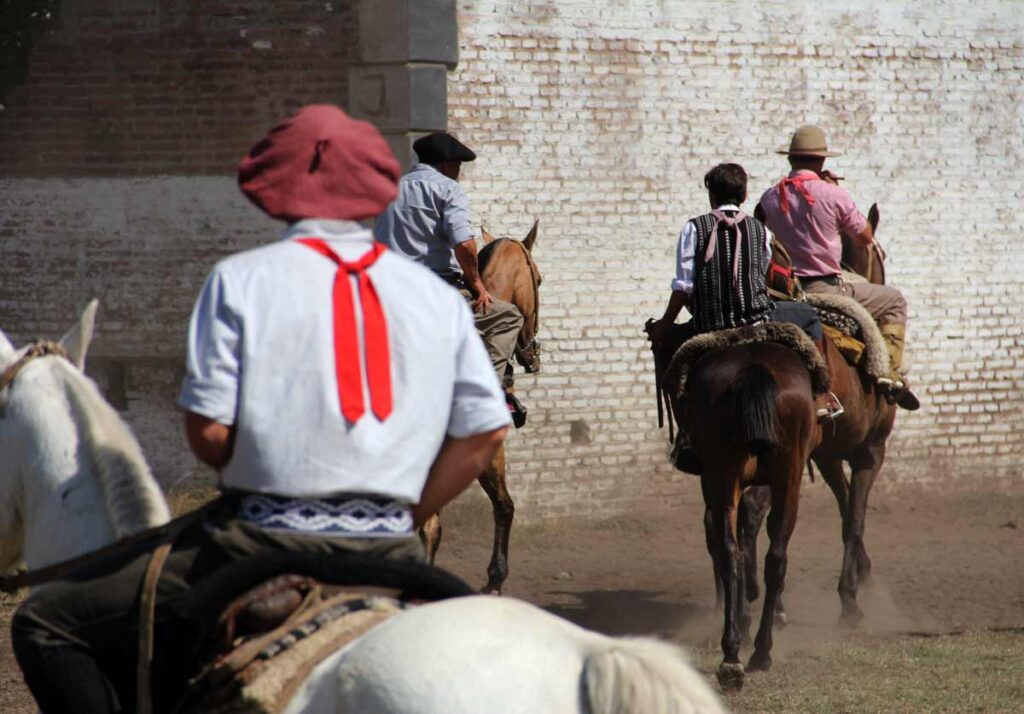
The town was first made famous by the writer, Ricardo Güiralde’s 1926 novel, Don Segunda Sombra, credited with altering the Argentine elites’ previously negative perception of the Pampa cowboy into that of the ‘noble gaucho.’
⇒ Book a full day San Antonio de Areco tour 🐴
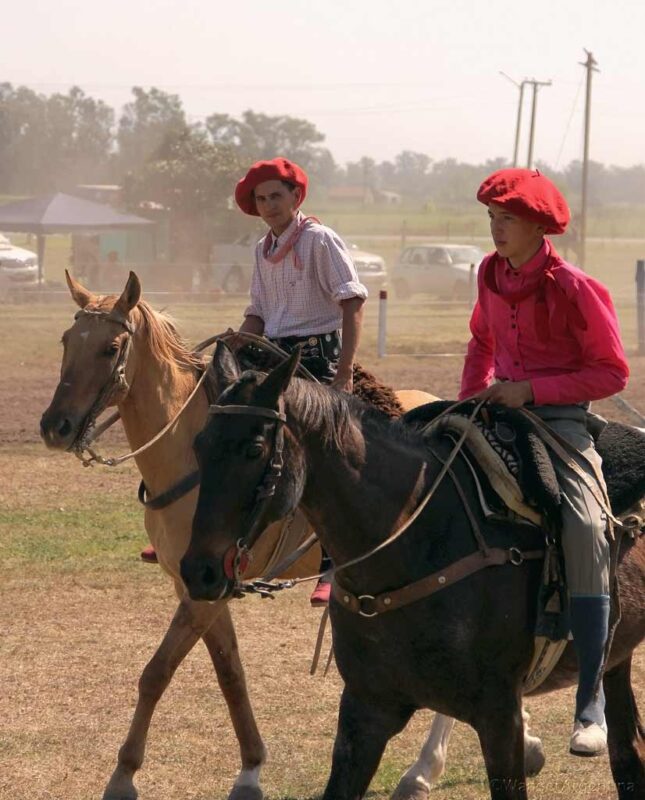
The pretty central Plaza Ruiz de Arellano is named after of the town’s founding estanciero (ranch owner).
It is flanked by several historic buildings, including the local parish church, Iglesia Parroquial and the Casa de los Martínez, a Colonial-style building dating to 1720.
Activities in San Antonio de Areco
In San Antonio de Areco you can visit any of the local estancias to take a horse ride led by a gaucho guide or pass the day checking out the museums, antique garages and clothing shops.
Take a peak in the Ricardo Güiralde Museum and the Pulpería La Blanqueda, the original grocery store.
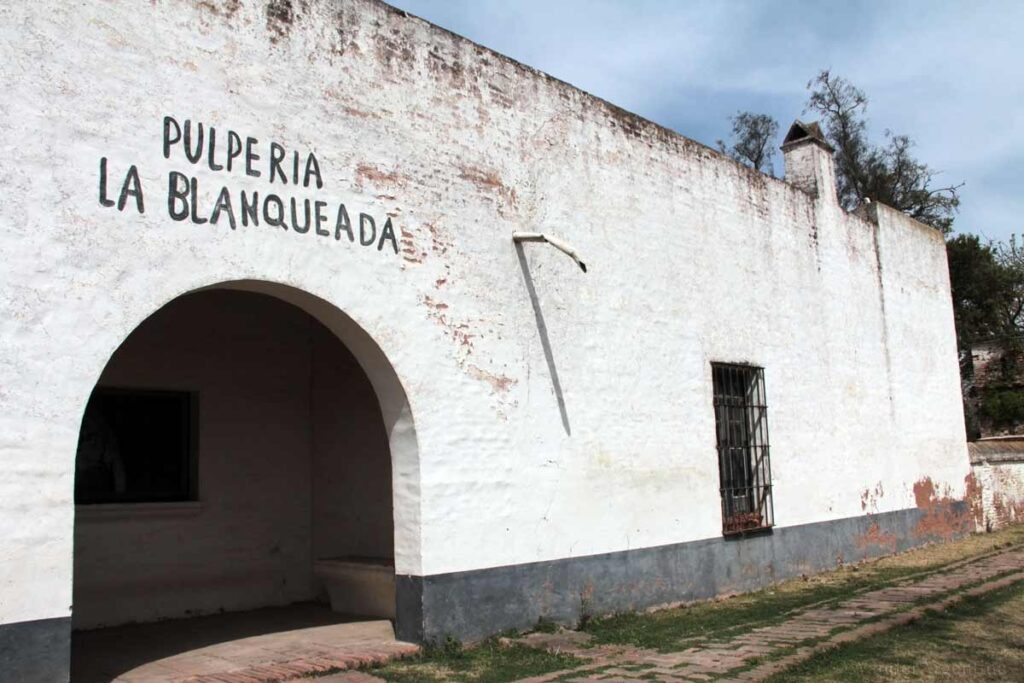
Go by the Usina Vieja Cultural Center near the plaza to check out primitive agricultural apparatuses and handicrafts.
Go for a walk through the picturesque Creole Park on the banks of the Areco River and pass by the Puente Viejo, or ‘the old bridge’ where every cowboy once had to pay a fee to cross his horse.
This sister city to Laredo, Texas is easily accessible on foot.
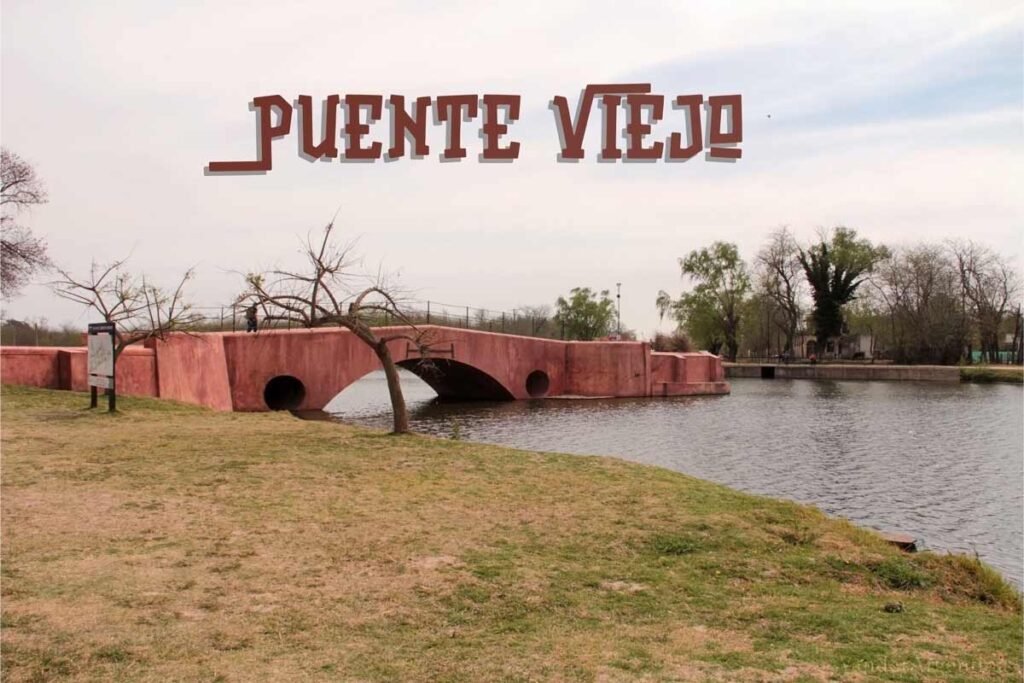
Strolling along the narrow sidewalks you’ll be certain to chance upon countless regional workshops where the traditional arts of making crafts in leather and precious metals is practiced, as it always has been.
Take the opportunity to stock up on your boina (a gaucho-style beret), bombachas (baggy gaucho pants) and alpargatas (espadrilles, canvas shoes) for a portion of their prices in Buenos Aires.
Drinks and Dining in San Antonio de Areco
For a cold beer and a picada (meat and cheese platter) in a rustic setting among gauchos stop at the Boliche de Bessonart, on the corner of Don Segundo Sombra and Zapiola.
Head to Balthazar, on the corner of the main square, for a cortado (macchiato) or submarino (Argentina’s equivalent to hot chocolate; a glass of steamed milk with a stick of bitter chocolate left to melt within 😋).
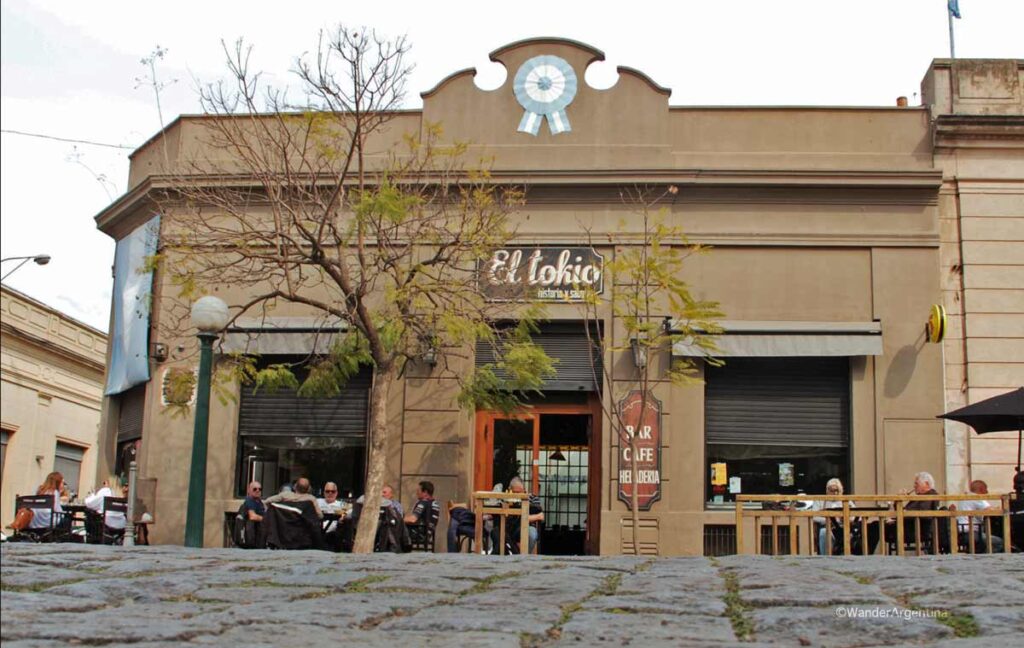
For a reasonably priced, hearty meal try the traditional criolla offerings at Cafe de las Artes.
The best empanadas in town are found at the family-run Estilo Ketty.
The only problem is choosing between the 26 varieties of empanadas on the menu, that include exotic fillings such as salmon, ham and pineapple, seafood and eggplant.
Any spot on around the plaza is perfect to sit and watch the world and gauchos go by.
Visitors are also likely to be treated to an impromptu concert by local musicians.
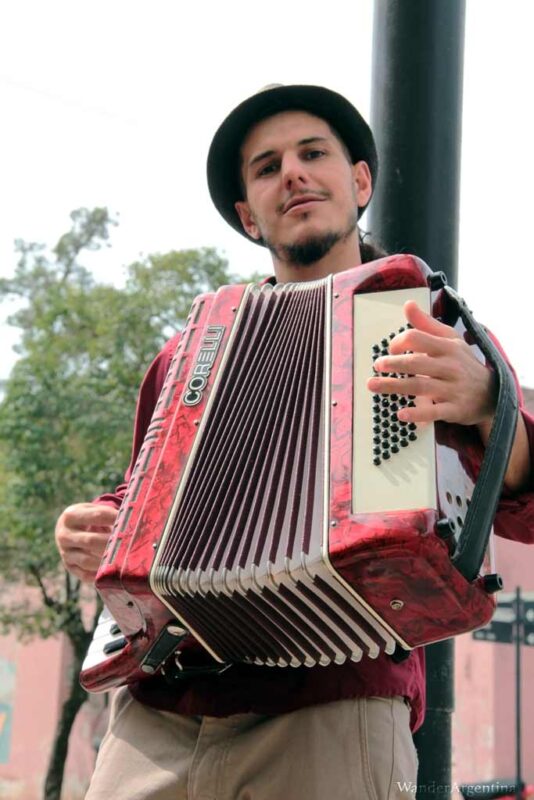
If you hang around town long enough you may meet one of the descendant of San Antonio’s favorite hometown hero, Ricardo Güiraldes such as Belen Güiraldes who used to run a restaurant called La Lechuza.
If staying overnight, you’ll want to head along with the locals to a peña; a party with folk music and dancing, on the weekends there is sure to be one in the central plaza.
Unless bold enough to try the fancy footwork of a chacarera, single male visitors will be left to nurse their drinks.
Female visitors will find it difficult to say no to a dance— the ruggedly handsome gaucho’s can be very persuasive on their Saturday nights off the farm.
—by Alice Josselyn
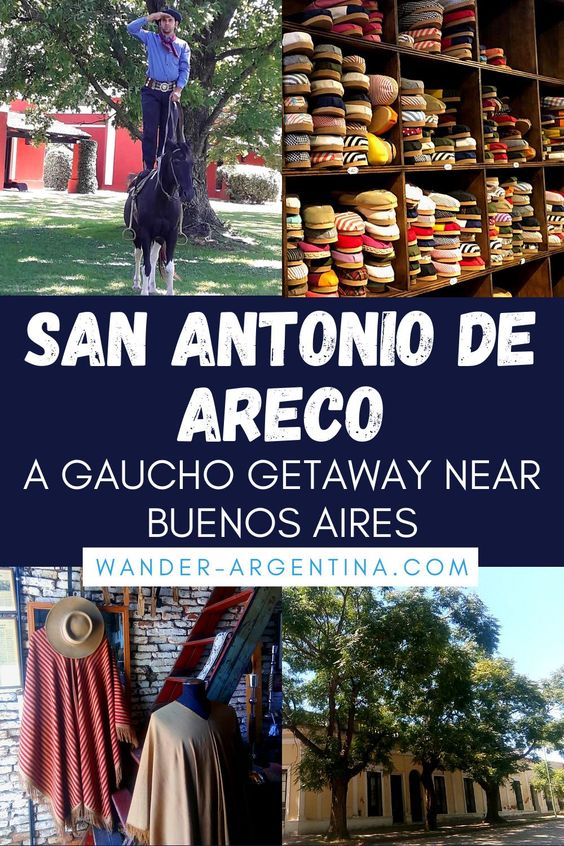
→ Ask about our fun and authentic San Antonio de Areco day tour or book now
We also have a special one or two day tour for the yearly San Antonio de Areco Gaucho Festival, the largest cowboy gathering in the country, in November.
→ The San Antonio de Areco Gaucho Festival
→ Lodging in San Antonio de Areco
→ Dining, Shopping and Travel Info for San Antonio de Areco
→ Read about Argentina’s Folk Music Tradition
